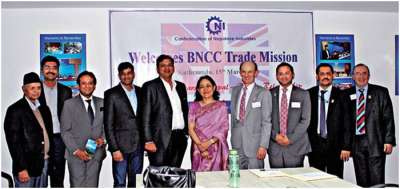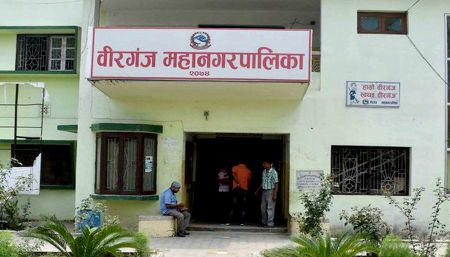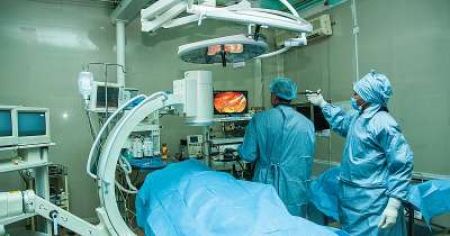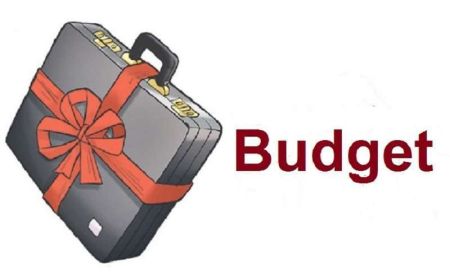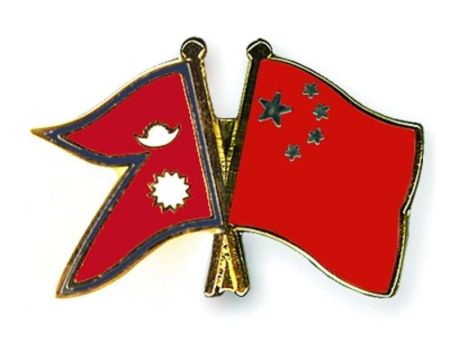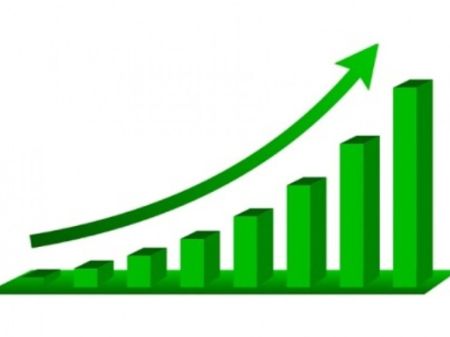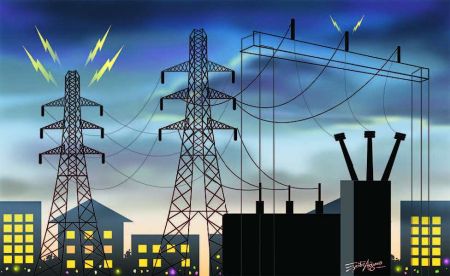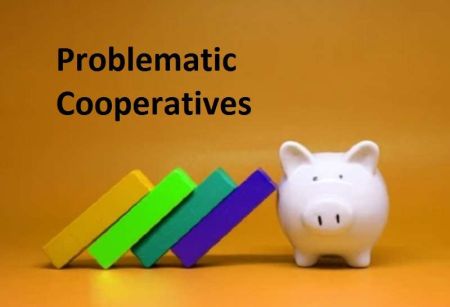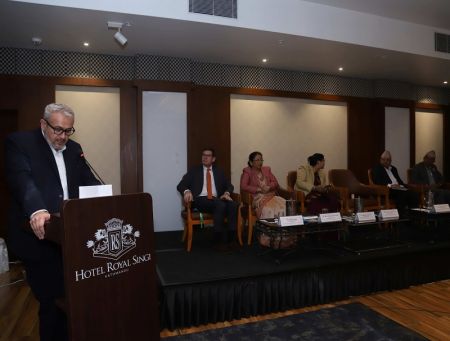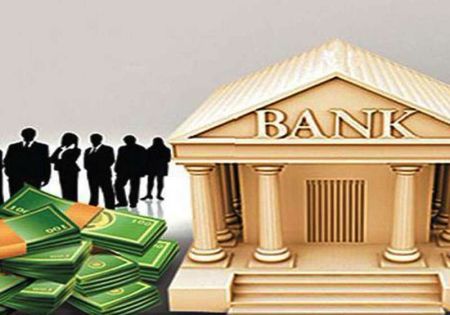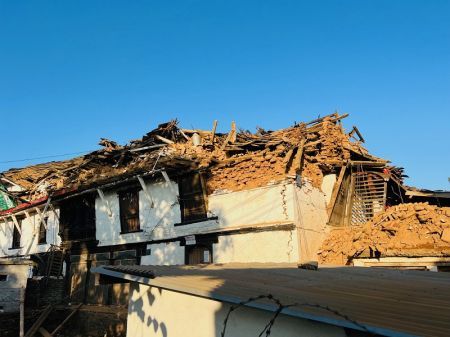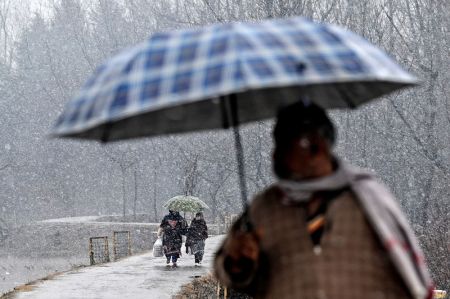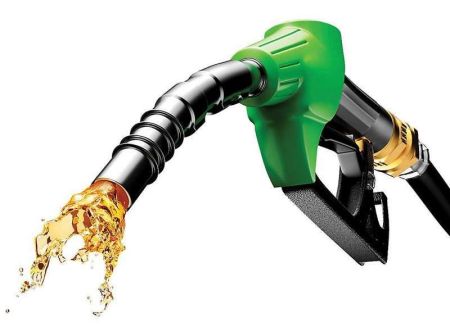--By TC Correspondent
South Asia has failed to reduce poverty and ensure food security, said a report released by the South Asian Association for Regional Cooperation (SAARC) last week. Though the region has been able to achieve an average economic growth of 6.5 per cent annually from 2000 to 2012, its overall poverty status has not improved.
The report ‘SAARC Regional Poverty Profile 2009-10’ launched by Chairman of the Interim Election Council Khil Raj Regmi last week in Kathmandu, underlined that 32 per cent of South Asians still live on less than $1.25-per person-a-day which is a state of absolute poverty.
“While some countries of the region like Nepal may be nearer to achieving the Millennium Development Goal (MDG) of halving the number of people in extreme poverty by 2015, the rest of the South Asian region – home to one third of the world’s poor – still has high incidences of poverty, hunger and malnutrition,” the report said. “Food production has improved considerably over time in all countries of the region, but inter-country and intra-country variations persist.”
India is self-sufficient in all major foodstuffs except pulses and edible oils, according to the report. Pakistan is self-sufficient in wheat and rice.
Nepal’s index of per capita food production has improved marginally. However, it still depends on imports for most of its food items including cereals, pulses and fish.
According to the report, Bangladesh is more or less self-sufficient in rice but imports wheat. Afghanistan, Bhutan and the Maldives depend on imports for most food items to meet their domestic demand, while Sri Lanka meets nearly 99 per cent of its rice requirements internally but imports 97 per cent of its demand for pulses.



